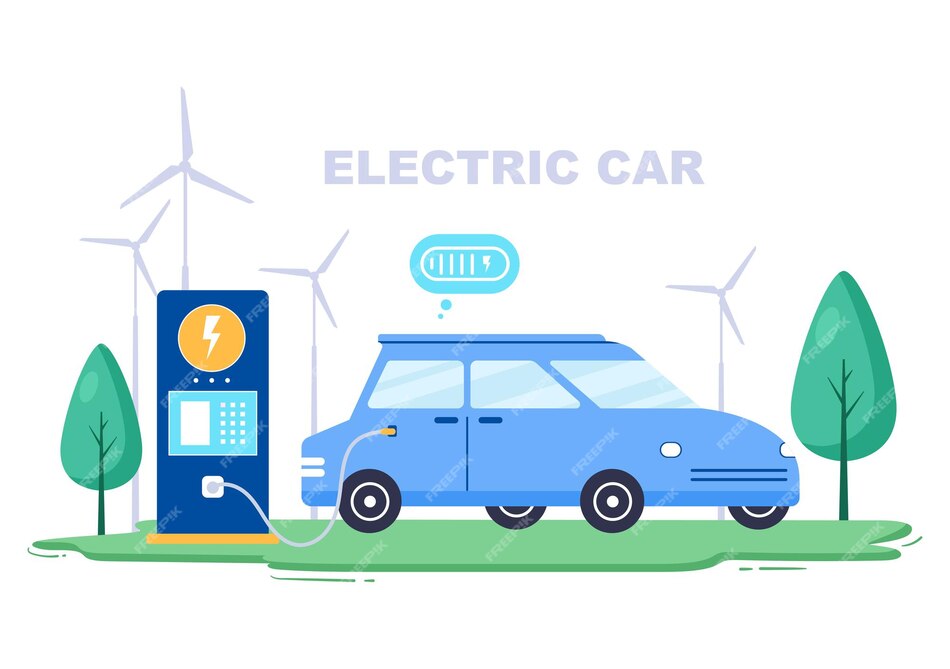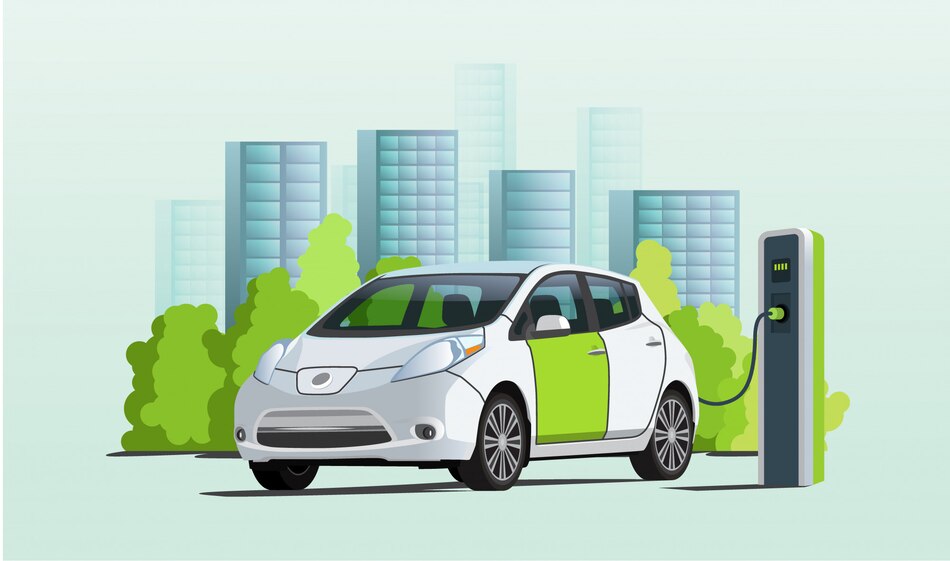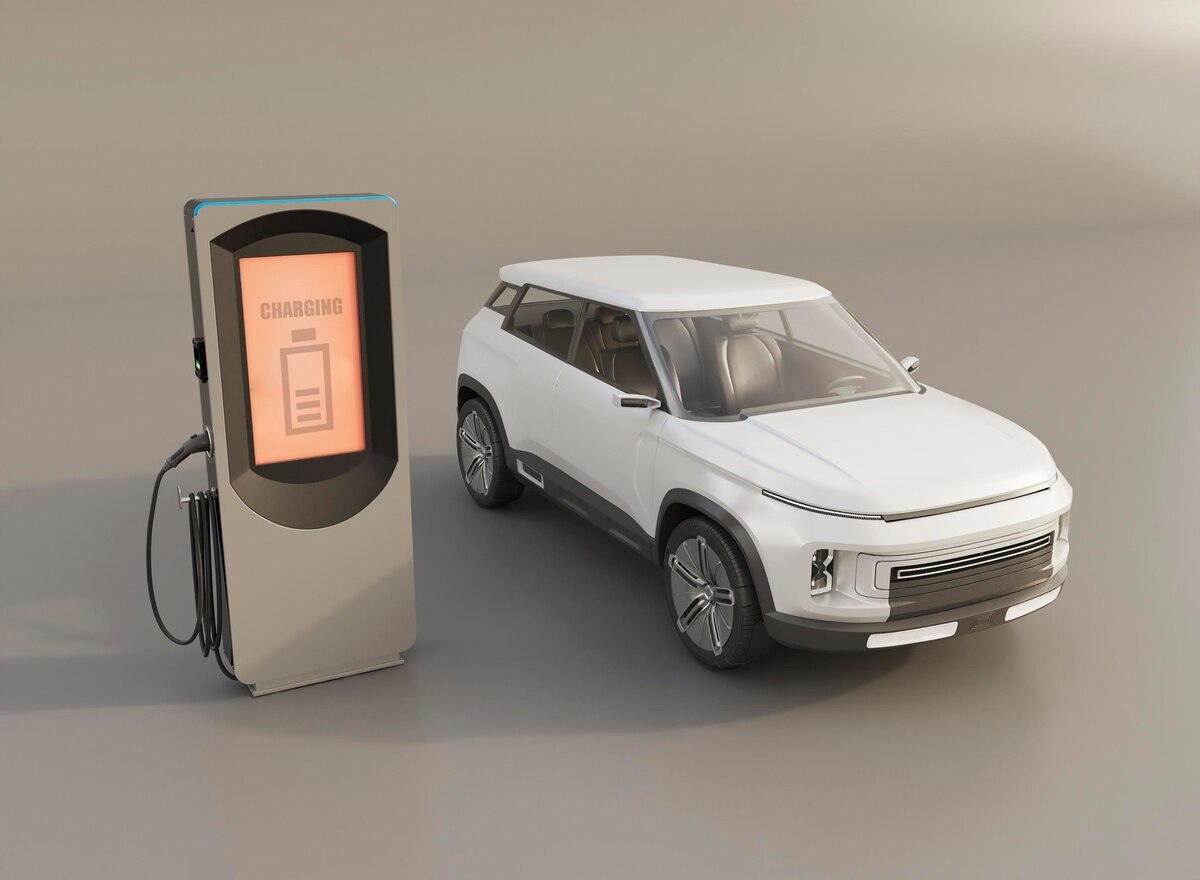What Is The Cost Of Charging An Electric Vehicle?
EVs are becoming more popular because they use less gas and are better for the earth. Eco-friendly, and it might cost less to charge than gas for this kind of car. Even though electric cars don’t need as much gas, you should still know a few basic facts about how much it costs to charge one to get the most out of your savings. Today, we’ll talk about how to charge EVs and why they’re better for the world than regular cars. We’ll also talk about the different ways to set up your electric vehicle and look at some EV prices.
What makes EVs so efficient?
EVs are good cars that don’t pollute, cost little to run, and work well. An average car has to burn fuel to move, which produces heat. EVs, on the other hand, use electricity directly. This means that EVs use 70% less gas than their peers. Second, the energy is gathered and returned to the battery when an EV stops. This makes it easier for the car to go faster and use less gas.
Average Cost Of Charging Electric Cars
It makes a difference where, when, and how you charge, but it’s a lot cheaper than keeping an oil-based engine going. This is how much power the battery in an electric car can hold in kWh, a number that measures how much energy cells can store. The KIA Niro EV has a 64-kWh battery. You can use this to determine how much it costs to charge your car. You can do this at home or a public charging point.
How much it costs to power an electric car from 0% to 100% is based on the battery size (kWh) times the price of energy from your source (pence per kWh). The KIA Niro EV has a 64-kWh battery, for example. Like, €0.17 is how much one kilowatt-hour of energy costs. It costs 64 kWh, or €0.17, or €10.88, to charge the e-Niro battery from 0% to 100%.
The Best Ways To Charge Your Electric Vehicles
People who own EVs mostly use two methods. There are clearly marked places to charge your car, or you can do it at home. The first method is simpler and faster. The second method will save you money in the long run, but you need to plan ahead.
Home Charging
Home is the best and cheapest of all the places to charge an electric car. All you need is a garage and an outlet. Keeping your vehicle charged costs around $10.50 a month. The 110-volt charging tool can be plugged into a standard wall port. Level 1 charging takes between 8 and 24 hours to fully charge.
However, you can charge a dead battery in as little as four hours. You must pay a plumber $250 to $400 to put 240-volt lines in your garage. If you want to set up a Level 2 charger outside, you will also need EVSE, which can cost between $300 and $1200. The price of gas changes much more often than the price of electricity. Watch out for the energy company and plan you choose in your area.
Level 2: Public Charging
1 Hour Of Charging: 30 Km Of Driving Range
This way of charging in public at level 2 is also called “spot charging.” You should do this to spend a few hours at your “destination.” The cost of charging your electric car may be different depending on who owns the charging station. Other Level 2 public charging points charge extra each time they are used. Some charge a fee to start up, a rate per minute, or a rate per kWh.
Pay-per-use costs about $1.00/Hour or $2.50/Charge. Most public charging stations charge between $0.11 and $0.15 a kilowatt-hour, about $2 to $8 to charge an electric car fully. Fully Units will place electronic vehicles, stores such as asking for parking such as public parking, and areas close to bigger towns. You can use a credit card or make an account with a charging network to pay as you go.
Level 3: Public Charging
1 Hour Of Charging: 250 Km Of Driving Range
Level 3 public chargers (DC Fast Charging, or DCFC) are better than Level 2 public charges for faster charging. It only takes thirty to forty-five minutes to charge the battery of a particular electric car to 80% of its full power. At a Level 3 charging point, you have to pay every time you use it. For the most part, they charge by the minute and charge about $15 an hour. It’s easiest to find near towns, even though it’s the fastest way to charge an electric car. It costs the most to charge at level 3.
Charging costs also depend on the model of your electric vehicle
None of the EV cells are the same. You can buy different kinds of electric cars with varying sizes of batteries. Sometimes, you can even get the exact vehicle with more than one battery size. Charging a more extensive battery costs more because it can hold more power. It depends on the kind of electric car you have, how long it is, and how much it costs to power the battery.
Conclusion
EVs generally take longer to “refuel” than regular cars. However, you could save a lot of money in the long run by installing panels or lines on the wall or in your car. Even though DC fast chargers are easier to use, installing panels or lines on the wall or in your car will save you even more money. Consider becoming a paid member if you still want to use charging stations. You can charge your car faster and for less money.









